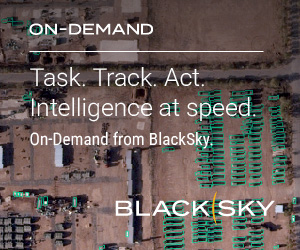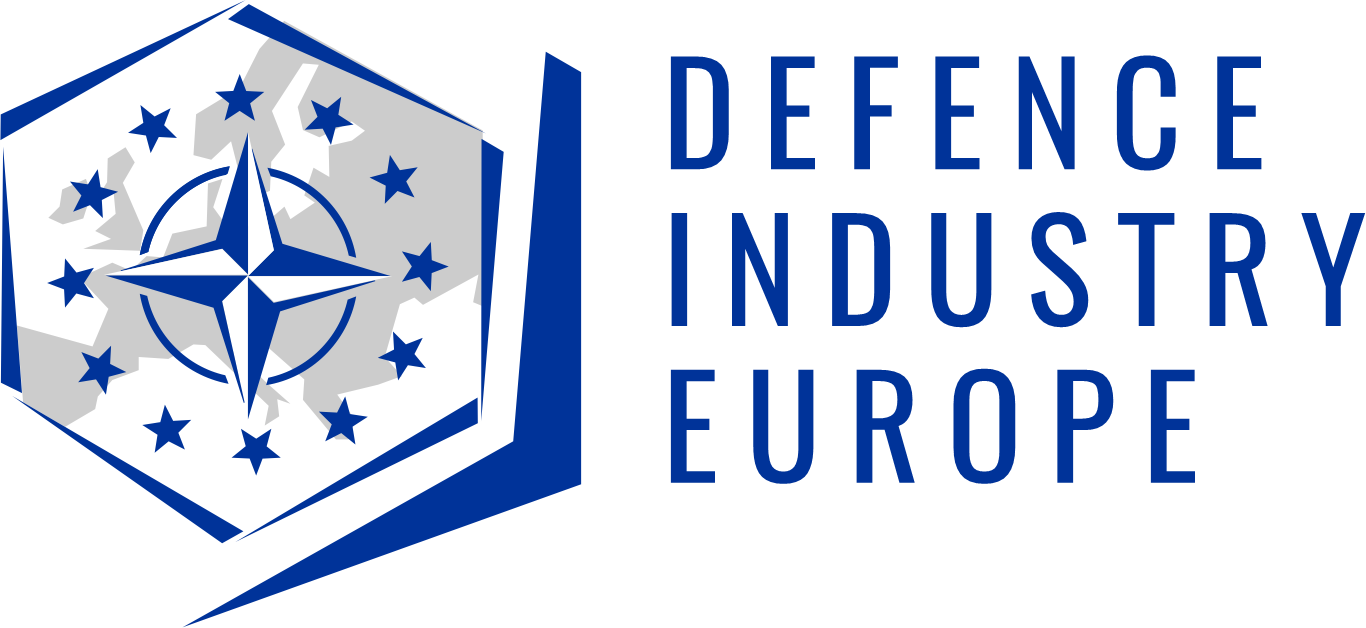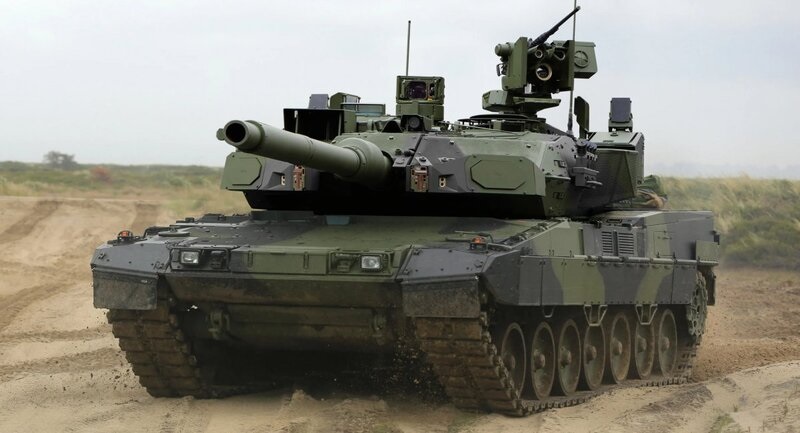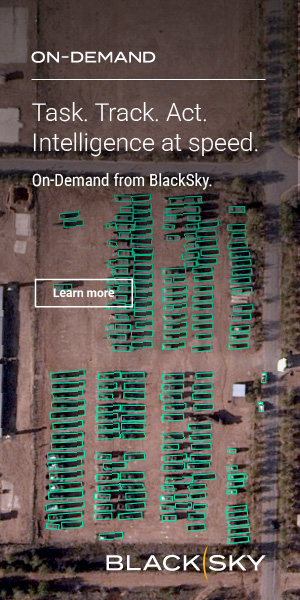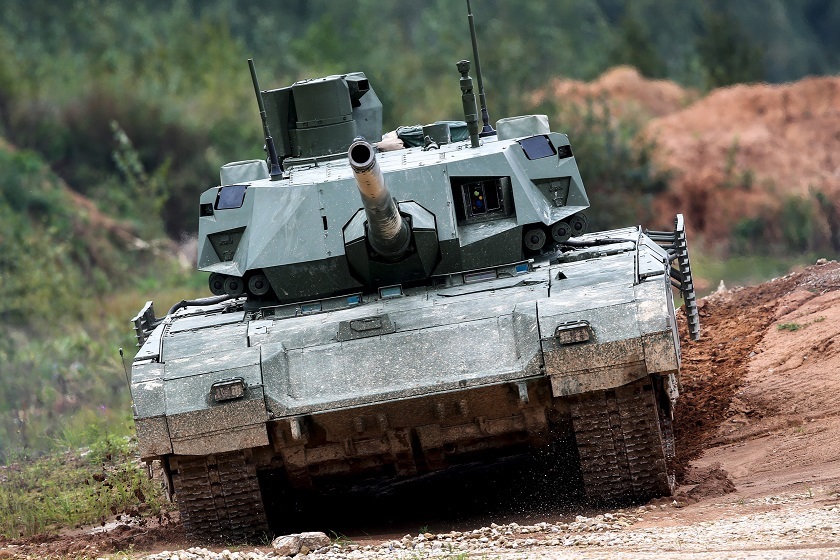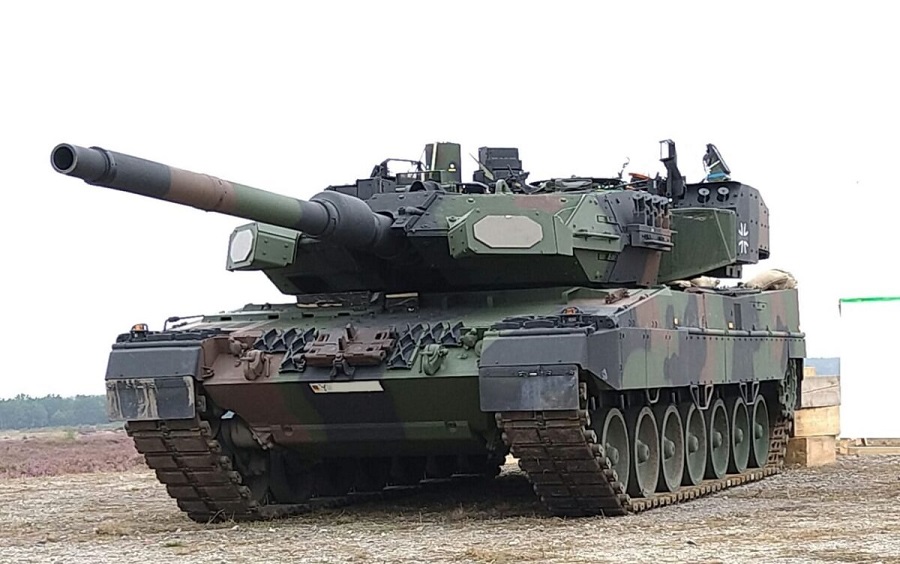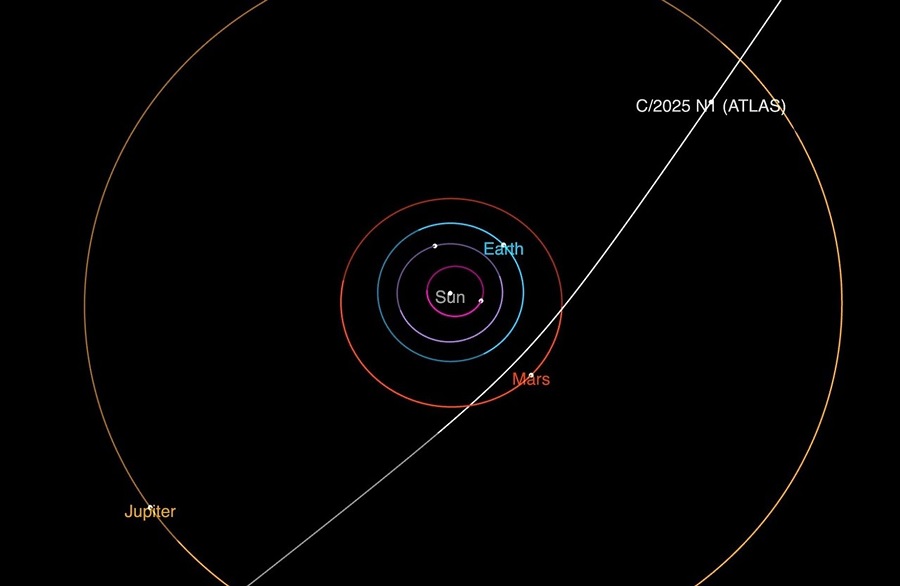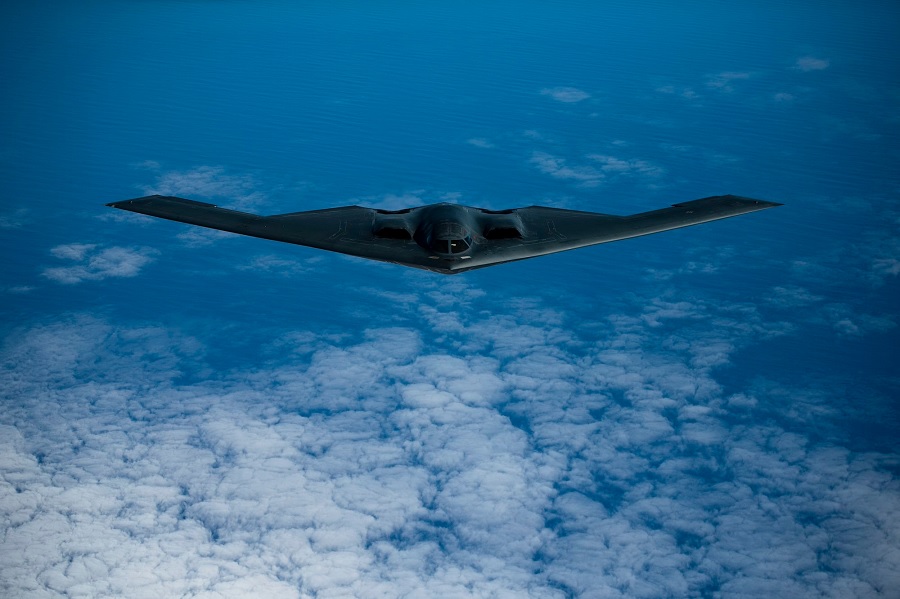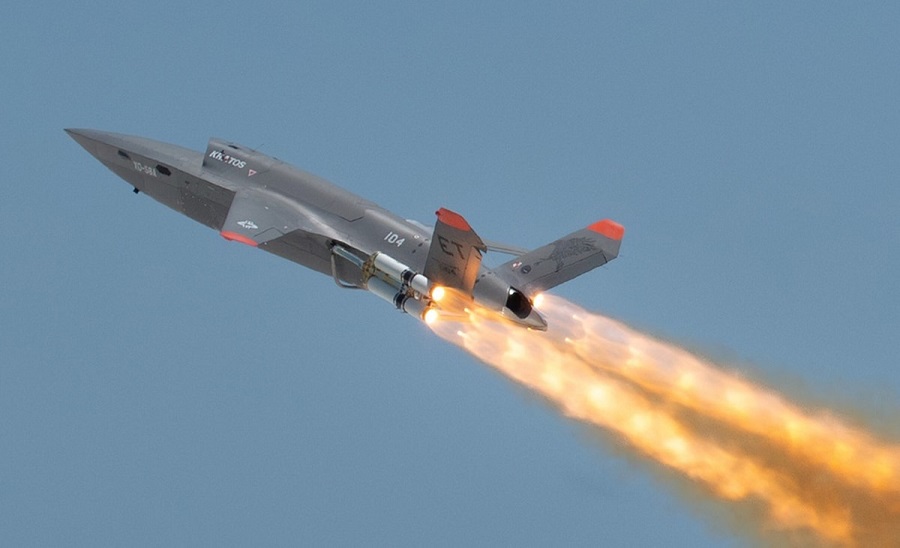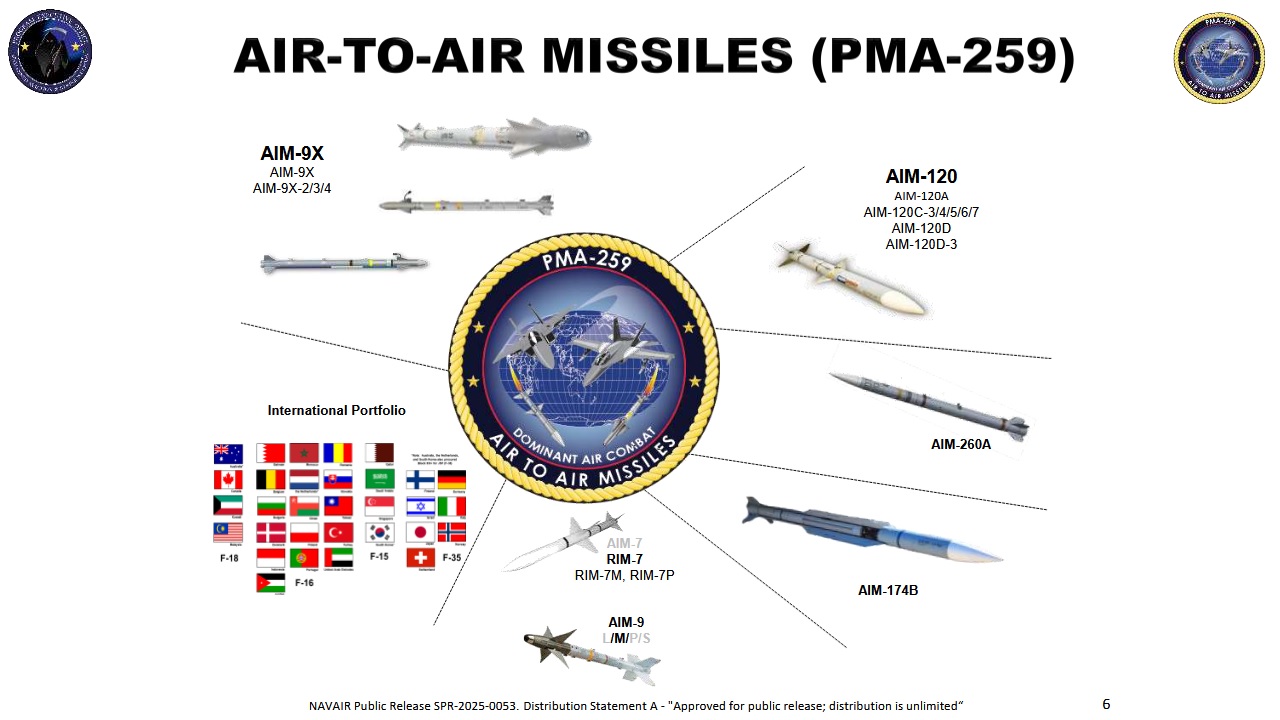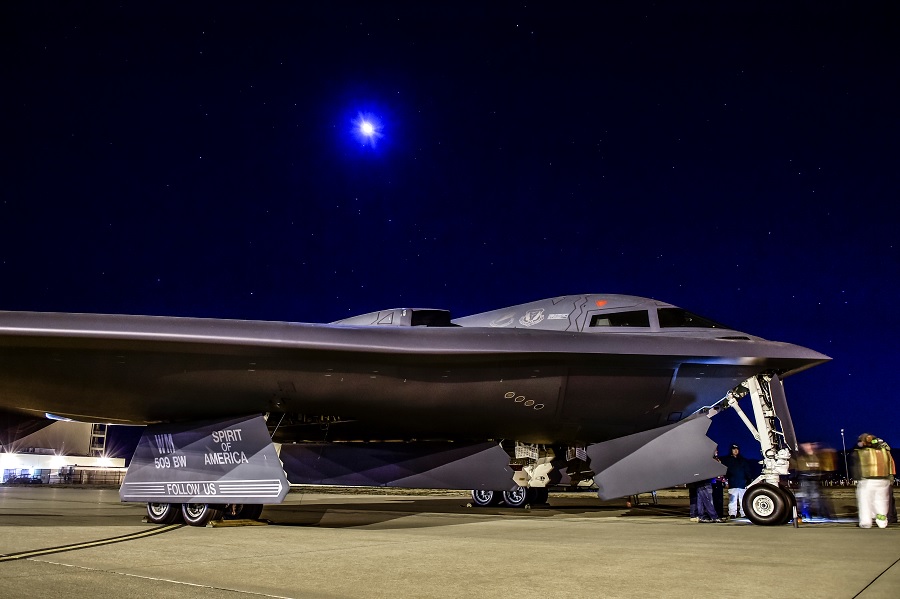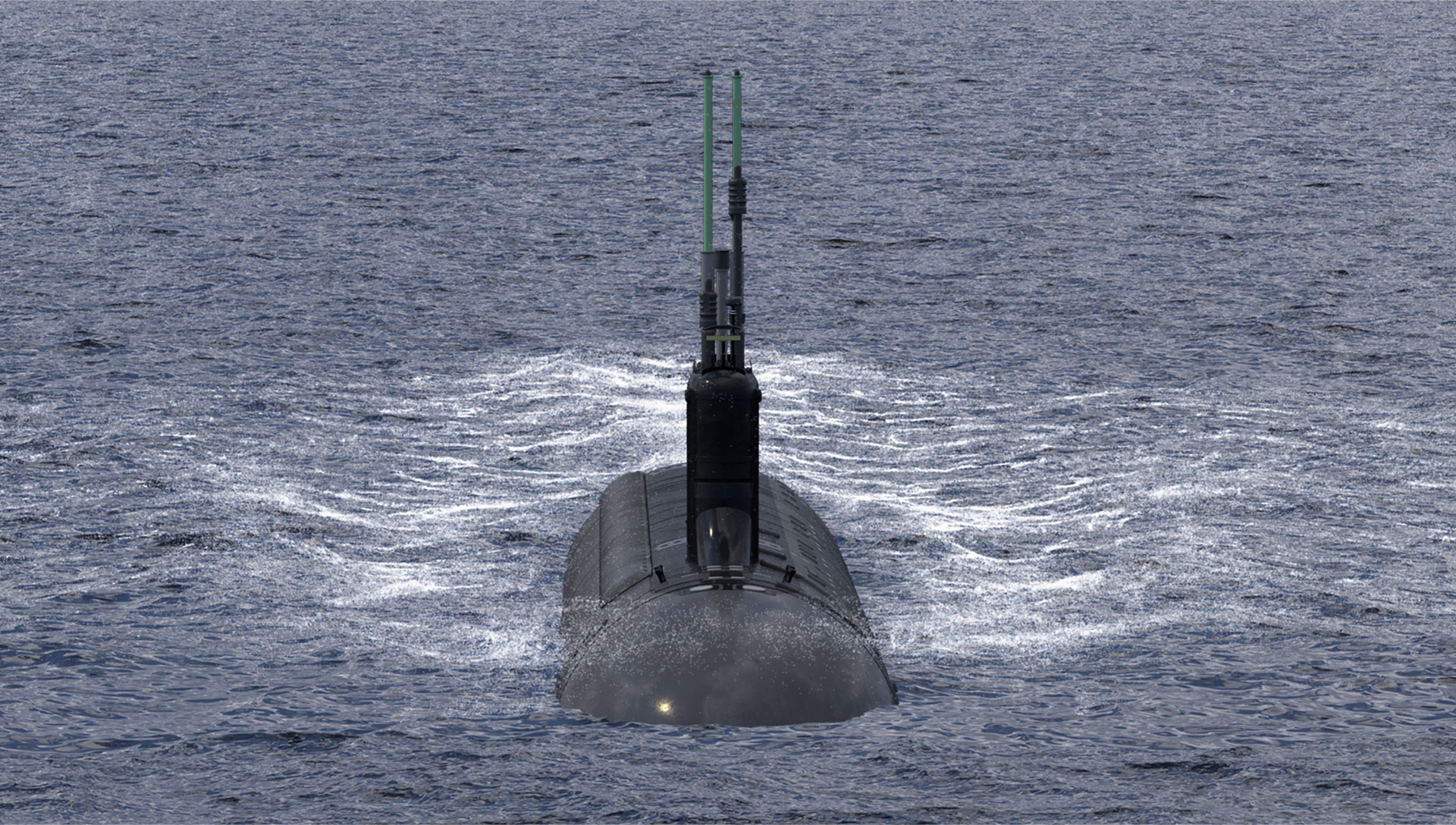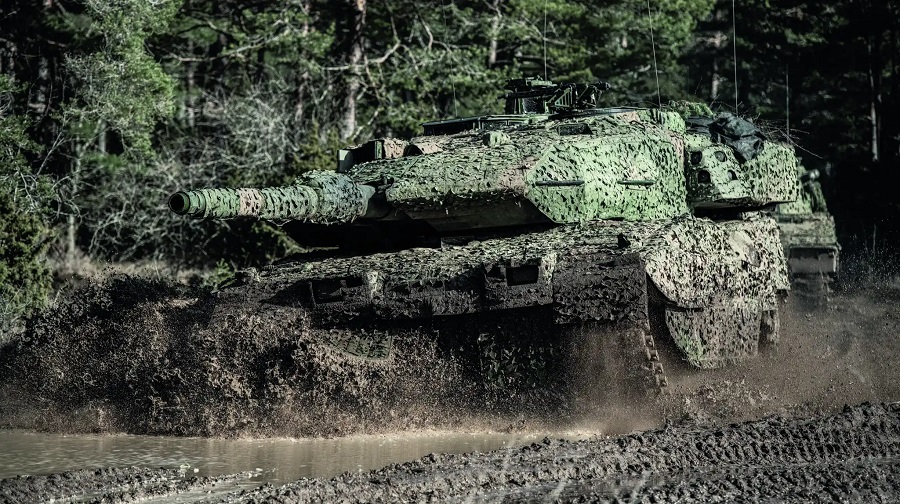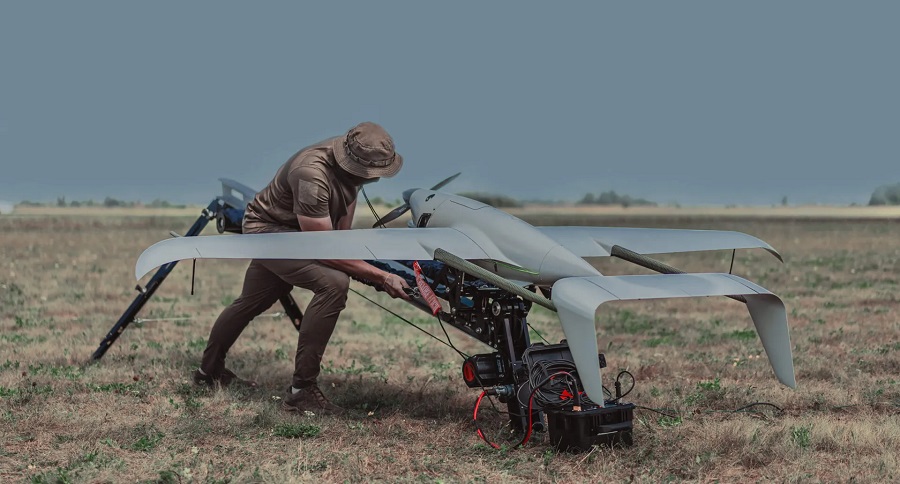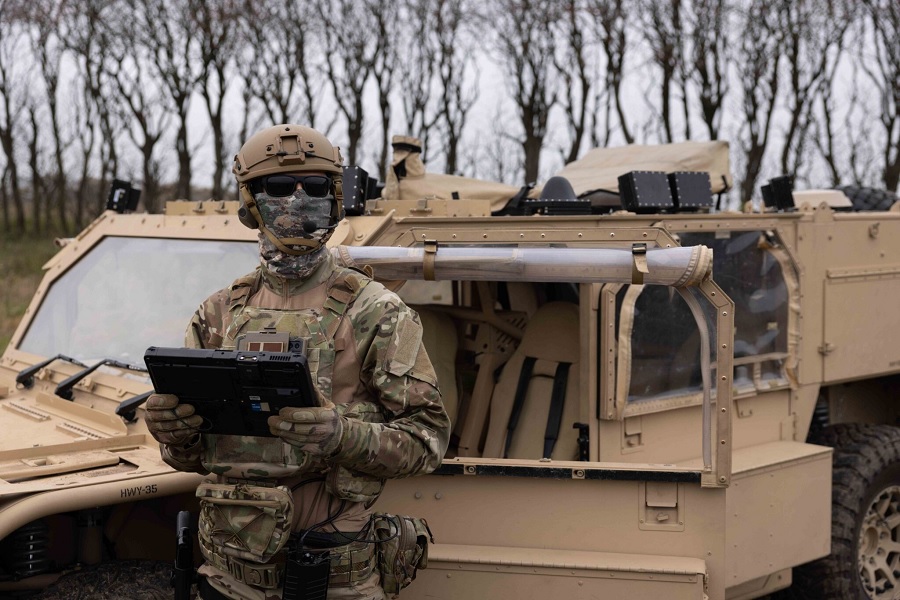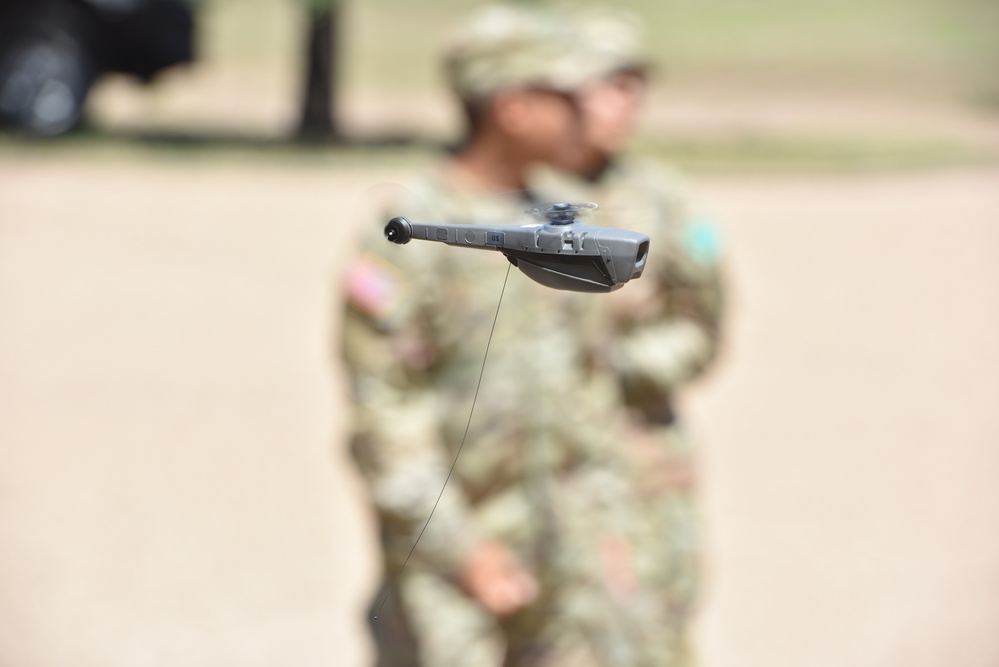Speaking of Air Forces, Italy recently hosted NATO’s Steadfast Noon ten-day-long nuclear readiness exercise which started on October 16, only weeks after EU’s MILEX 23. According to NATO, this was a long-planned exercise not correlated with the Ukrainian situation that did not involve live nuclear warheads, but only nuclear-capable aircraft. Up to 60 planes are conducting exercises over the Tyrrhenian Sea departing from the air bases of Ghedi, Aviano, Amendola, Gioia del Colle and Trapani. Also, B61 nuclear bombs stationed in Ghedi and Aviano under NATO’s nuclear sharing programme are set to be upgraded by the upcoming B61-12 generation, now compatible with Rome’s new US-made F-35 fighters.
For what concerns land forces, Italy is looking to acquire 21 battle-proven M142 HIMARS rocket artillery from the United States and several hundreds of AICS Infantry Fighting Vehicles (IFVs) for a projected expenditure of EUR 16 billion in the next fourteen years. Furthermore, Rome is set to buy an estimated amount of 133 Leopard 2A8 main battle tanks (MBTs) in a 14-year investment of up to EUR 8 billion. Many EU countries, especially in the east, adopted this MBT, with Italy being the largest European power to do so except Germany itself.
On the matter of future EU-wide initiatives, Rome also reaffirmed its will to join the Franco-German Main Ground Combat System (MGCS) European MBT project after a separate venture with Berlin and others was briefly rumoured. A further EUR 5 billion was allocated to the Global Combat Air Programme (GCAP) collaboration with the UK and Japan for a 6th generation fighter. Remarkably, Italy will also start experimenting soon with drone-swarming technology.
Rome’s new budget will provide the Italian army with vast resources for its modernisation efforts, although some experts stressed the importance of funding exercise and investments to assure proper maintenance and operation of these newly acquired means. ISS reports that in 2022 Italy spent EUR 182 thousand for each solider, while the smaller British army spent EUR 469 thousand, meaning that the Italian army could use the 2023 military budget as a starting point to work on the size and funding of its future forces. Experts also noted that, in 2022, Rome unusually included personnel retirement funds in the 1.51 military budget / GDP ratio reported to NATO.
Ultimately, the acquisition of powerful land equipment is a long-awaited step forward that signals a reprioritisation of Rome’s eastern strategy aligned with EU and allied concerns. Considering Meloni’s words, though, more remains to be seen on how Italy will fare in managing its newly acquired resources.
This article was originally published on the website of Finabel – European Army Interoperability Centre.

